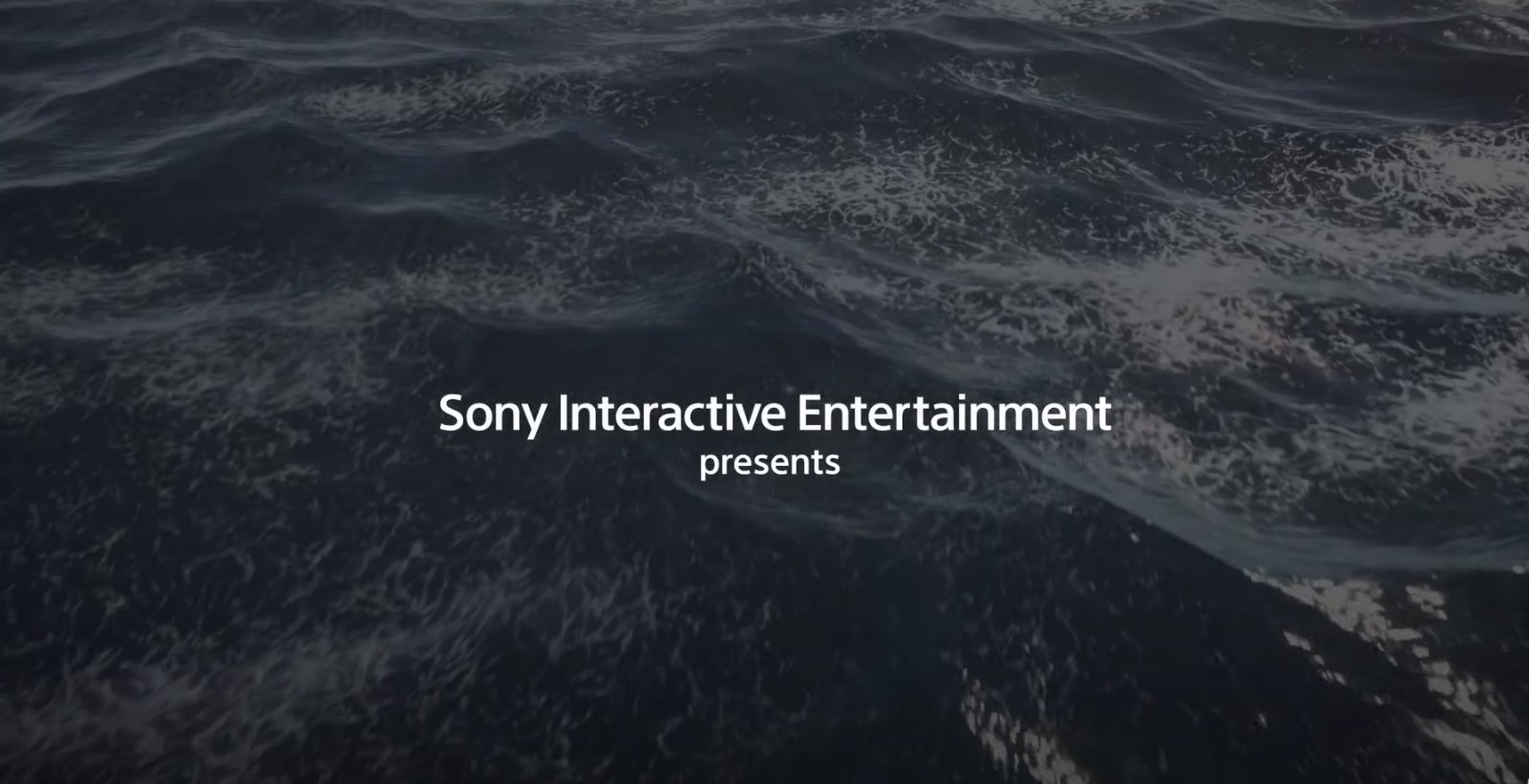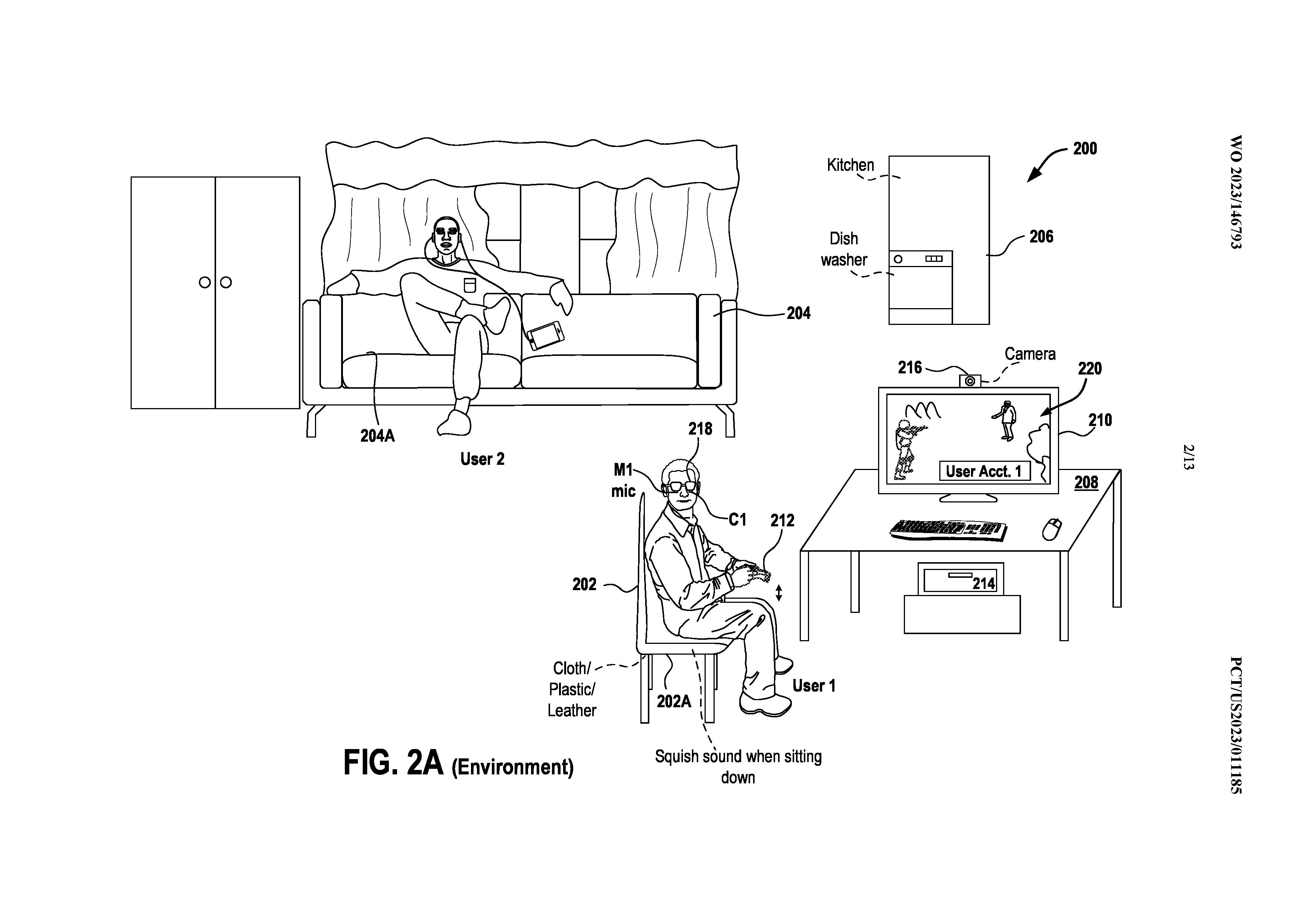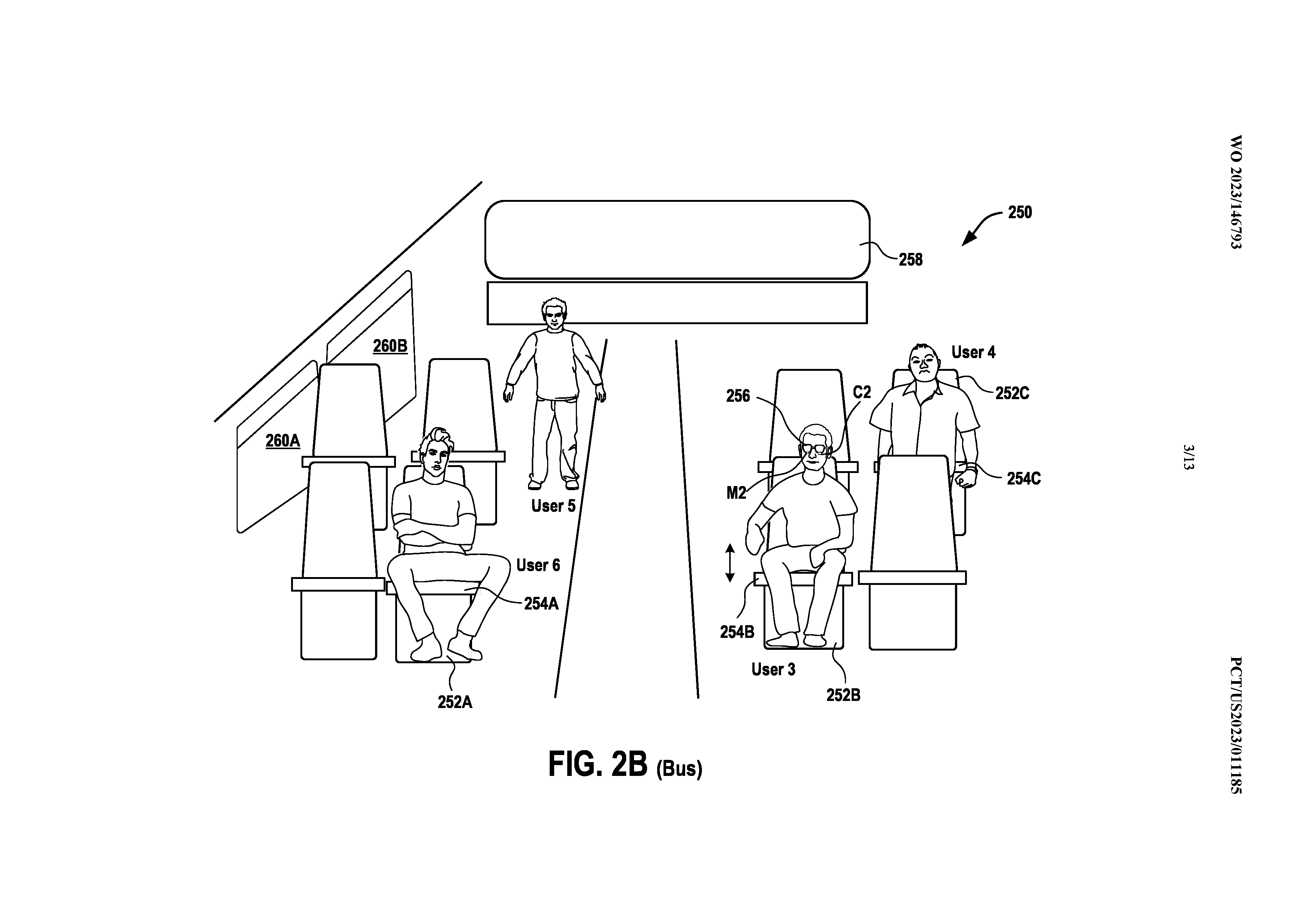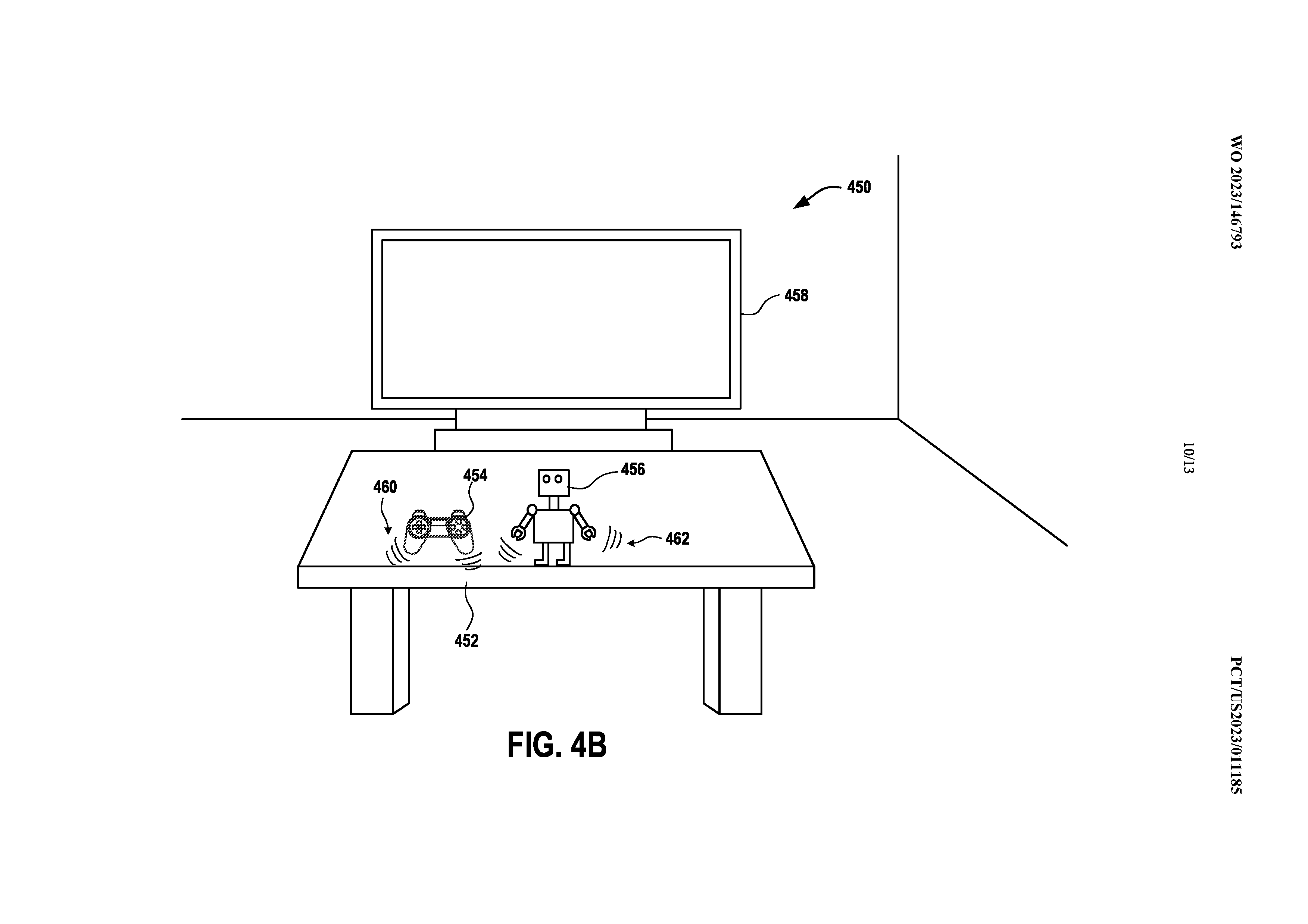
Story Highlights
- Sony has published a new patent that wants VR headsets to detect real-life objects for in-game emulation using the audio cues created by that object.
- It can detect the material of a chair if a user sits on it by reacting to the noise produced by it. In this way, it can accurately figure out the material of real-world objects and emulate them in the headset.
- The system can be used to alert users of possible collisions or for gameplay purposes. Disabled users wearing eyeglasses may also use the system to sit on a particular chair using sound as the output.
- The patent also talks about using the system to create realistic visuals and exact dimensions of the emulated real-world objects to create a realistic metaverse.
Sony has surpassed all expectations with the release of PSVR 2, and it is still helping research to propel VR tech into a whole new class altogether. It has recently published a patent that wants to make it possible for VR headsets to detect real-life objects and emulate them inside the device. In other words, it will show objects like a chair or a table to alert the user of a potential clash, possibly and for other discussed reasons.
For example, a user sits on a chair and the chair reacts with noise based on physical characteristics of a material of a seat of the chair. To illustrate, the seat of the chair is made from plastic, and has a squishy sound reminiscent of air being released when the user sits on it,” says Sony in the patent.
The legal document dubbed “SYSTEMS AND METHODS FOR DETERMINING A TYPE OF MATERIAL OF AN OBJECT IN A REAL-WORLD ENVIRONMENT” will use the sounds produced by real-life objects to emulate them in a VR headset. As further elaborated, even the chair’s material could be recognized and recreated in the VR or AR space.

Related Content:
- Sony Patents To Personalize Game Narration And Difficulty For Every Player Using AI.
- Sony Patents To Pre-Record Gameplay Videos For Real-Time Player Assistance.
- AI Will Study Your Gameplay To Help Future Players, Suggests Sony’s Patent.
Sony argues that the system will benefit disabled people greatly. For instance, blind people wearing eyeglasses could be guided on where or on what chair to sit on a bus using the same tech to output sounds to the user.
The eyeglass outputs sound to the blind person indicating a type of material of a seat within a real-world environment. In case a first seat is fabricated from a hard material compared to a second seat that has a soft cushion material, the eyeglass will indicate so to the blind person. The blind person can then sit on the second seat.”

Sony also talks about creating a metaverse that appears real to the user in the patent. A virtual seat emulated in the VR device can completely resemble the physics and dimensions of the real thing and be photorealistic to match the real-world environment. It can help with creating realistic virtual gameplay. We could also see Sony using the feature to simulate real-world objects inside VR games for gameplay purposes using the same system.

Sony has produced a slew of similar patents in the past to upgrade VR technology. For instance, a recently published patent wants to scan the user’s surroundings wearing VR headsets to ensure the player does not collide with any obstructions. A patent to improve in-game voice chat was recently secured for disabled gamers.
Similar Reads: Destiny 2 Fans Are Fed Up With How Bungie Handles the Game.
Thanks! Do share your feedback with us. ⚡
How can we make this post better? Your help would be appreciated. ✍



